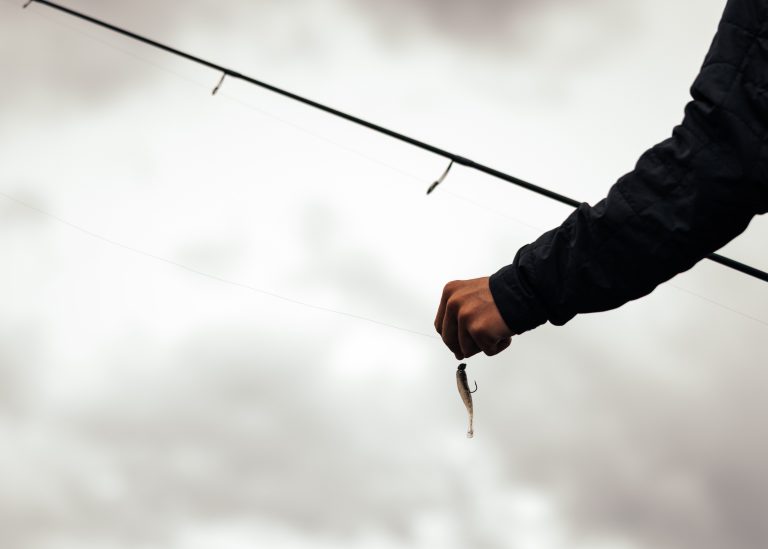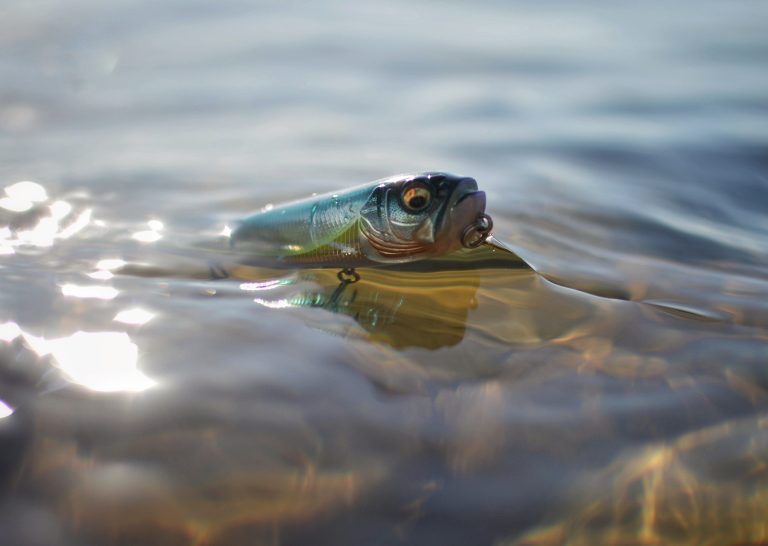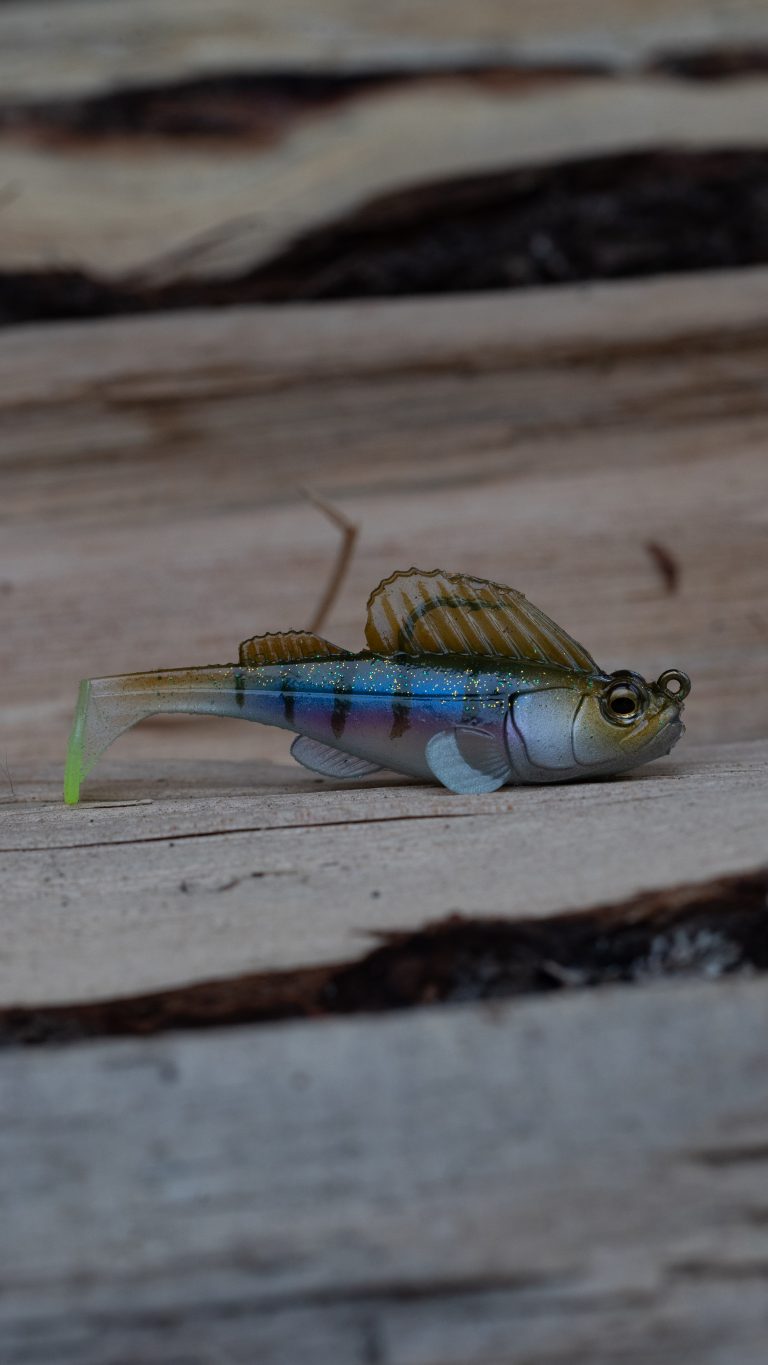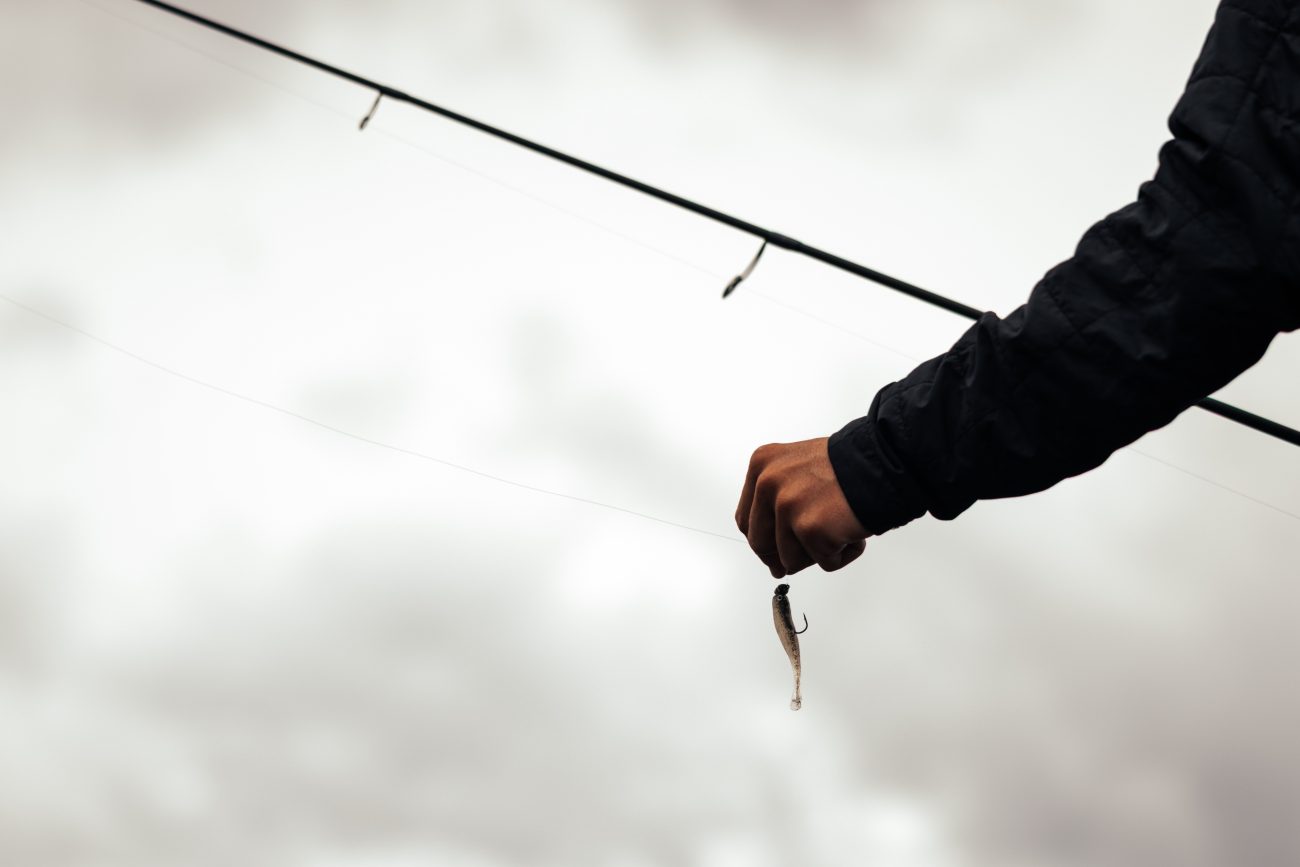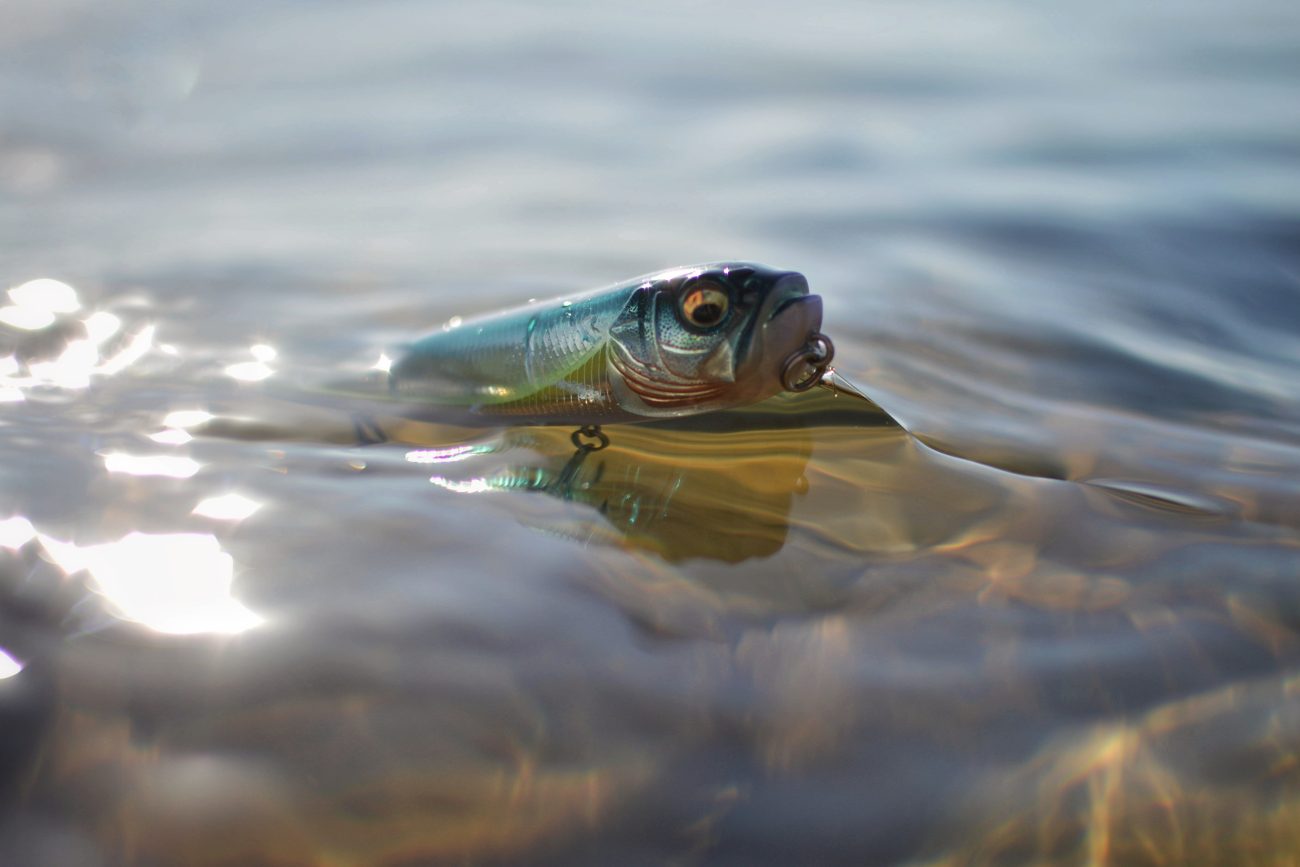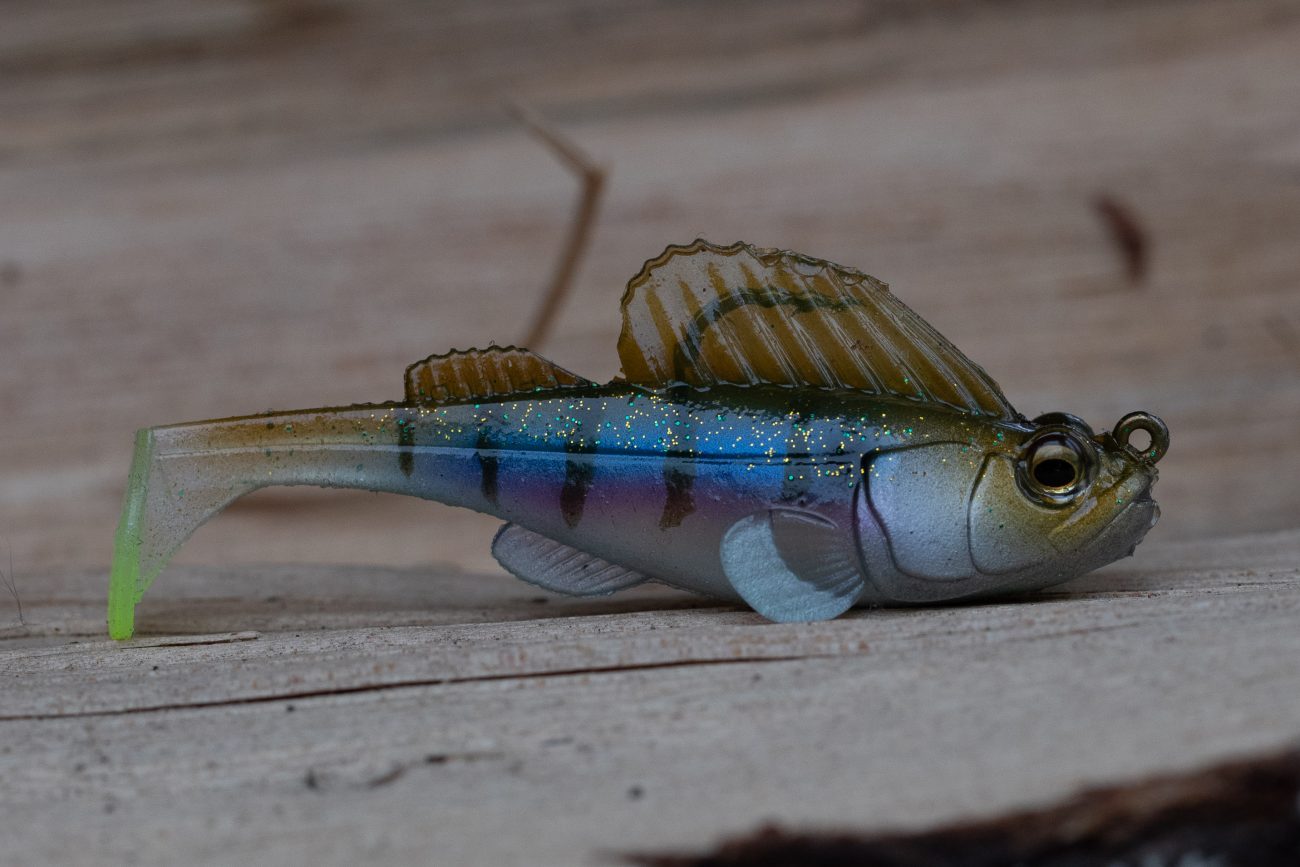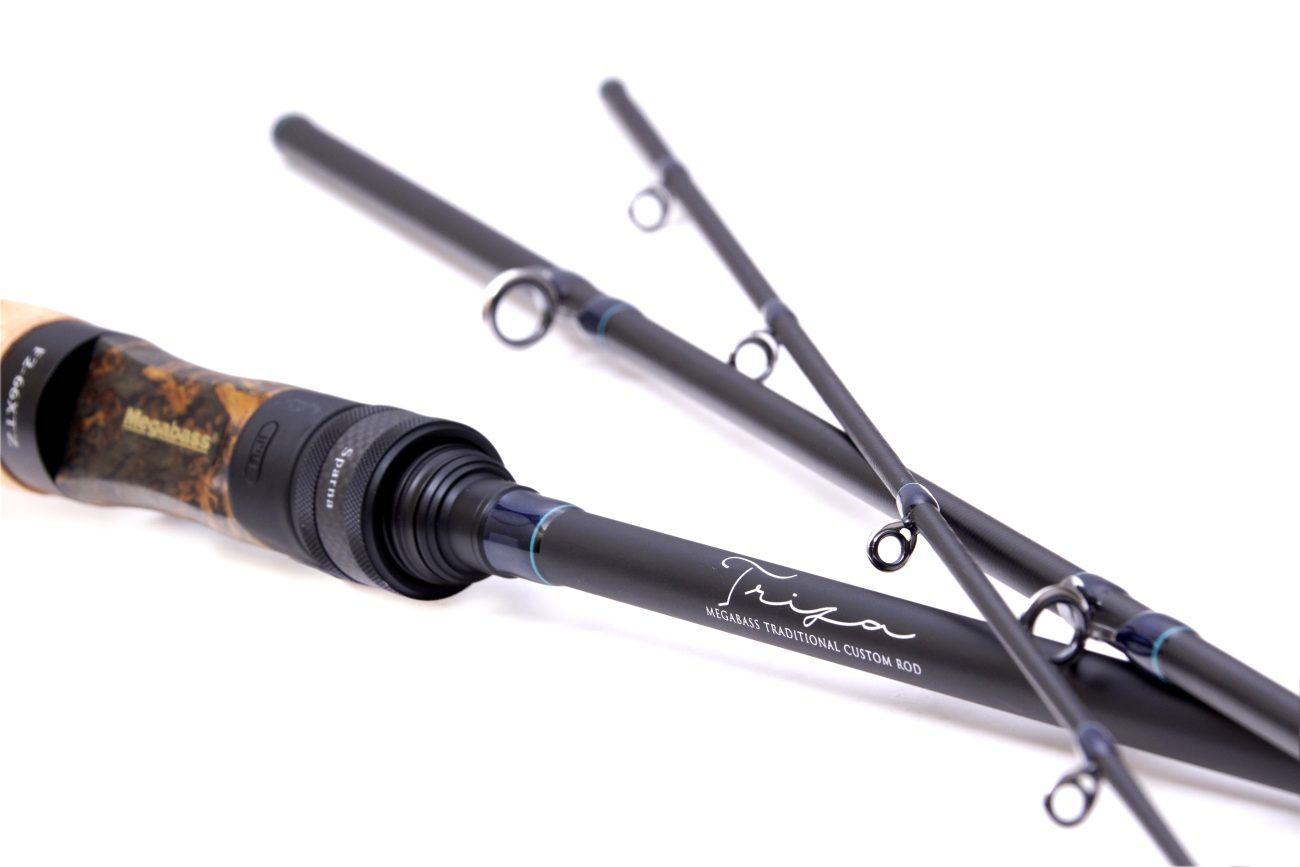Fall bass fishing is one of the most exciting—and challenging—times of year for anglers. As water temperatures drop and daylight hours shorten, bass begin their seasonal migration, making it essential to understand how their behavior and locations change.
Whether you fish natural lakes or man-made reservoirs, unlocking the fall transition is key to landing more bass when others are packing up their gear for the season.
What Is the Fall Transition in Bass Fishing?
The fall transition refers to the period when bass shift from deep, summer patterns to shallower, more active zones. This shift is triggered primarily by two factors:
- Cooling water temperatures
- Reduced daylight hours
Depending on your region, the fall transition can begin as early as September in northern states and as late as November in the southern U.S.
Fall Bass Behavior: Natural vs. Man-Made Lakes
Natural Lakes
In natural fisheries like the Great Lakes, Lake St. Clair, or Florida’s Kissimmee Chain, fall bass behavior tends to be more subtle. Bass often remain near summer locations, such as 15–20 feet of water early in September, before gradually moving to shallower flats in the 5–8 foot range by October.
For example:
- Lake St. Clair (MI): Bass migrate from deeper offshore grass to shallow flats by mid-October.
- Florida lakes and tidal waters: Bass leave heavy vegetation like matted grass and lily pads and shift toward more open, shallow water.
Man-Made Lakes
Man-made reservoirs like Lake of the Ozarks in Missouri offer a more dramatic fall bass fishing transition. Here’s a typical pattern:
- Early September: Bass hang around deep brush piles (15 ft) and deep points.
- Late September to October: Water temps drop from 80°F to 60°F, bass move to mid-depth docks in coves (7 ft).
- Late October to November: Bass push further back into creeks and coves, chasing schools of shallow baitfish like threadfin and gizzard shad.
Following the bait is critical—use electronics and visual cues to locate shad, which often determine where bass will be positioned.
Fall Bass Lure Selection: What to Throw and When
During the fall transition, bass become more aggressive and respond well to moving baits. Here’s a breakdown of top-performing lures based on lake type and water clarity:
Best Lures for Fall Bass Fishing on Man-Made Lakes:
- Crankbaits: Try the S-CRANK or Vibration-X Ultra around isolated cover in creek arms.
- Topwaters: If visibility is over 2 feet, use the POPMAX or DOG-X DIAMANTE.
- Spinnerbaits: Burn a V-9 spinnerbait across shallow flats.
Best Lures for Natural Lakes:
- Frogs: The BIG GABOT excels in shallow vegetation.
- Swimbaits: Use the HAZEDONG SHAD on a drop-shot or for drop-swimming in sparse grass.
- Fast-walking topwaters: In northern lakes, the DOG-X DIAMANTE triggers big strikes.
Pro Tip: Don’t Sleep on Midday Bites
While early mornings are traditionally productive, midday can be equally effective during fall bass fishing, especially as water temperatures fall and baitfish become more active in the sun-warmed shallows.
Take Advantage of Fall Bass Fishing
Fall is a time when many anglers trade rods for rifles or spend weekends watching football—but that’s exactly why it’s the perfect time to be on the water. The fall bass fishing transition offers excellent opportunities to catch aggressive fish on reaction baits before winter slows things down.
Track the water temps, follow the bait, and stay flexible with your techniques—and you’ll be rewarded with some of the best fishing of the year.

